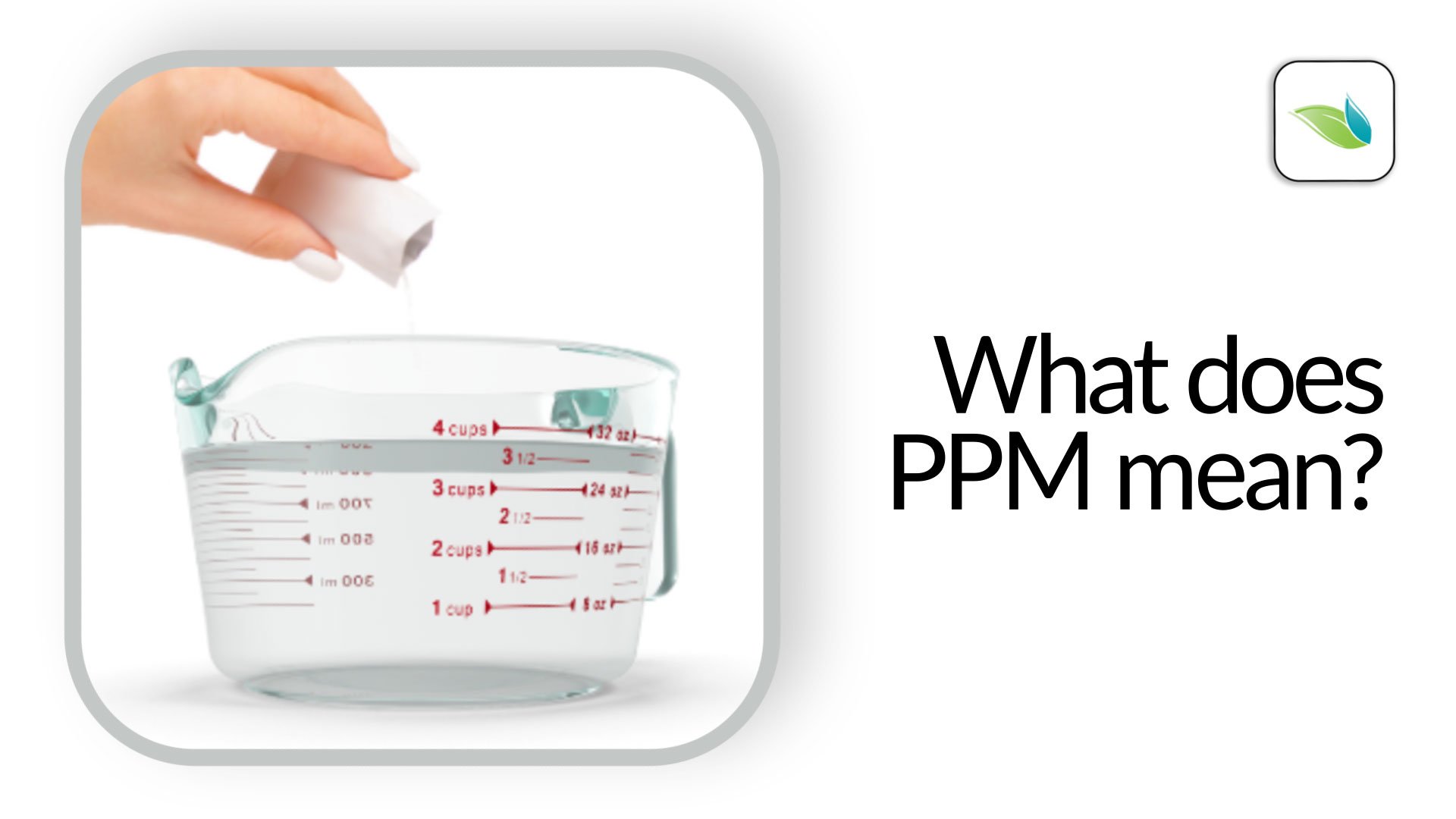What does PPM mean?

PPM stands for Parts Per Million. Those of us in the pool business often take acronyms for granted, as though everyone knows them. This article will explain PPM and why it matters.
1 cubic meter (m3) = 1,000 liters (L)1 liter (L) = 1,000 milliliters (mL)
1 milliliter (mL) = 1,000 milligrams (mg)1 liter (L) = 1,000,000 milligrams (mg)
1 mg/L = 1 PPM
You can check our math using free online conversion calculators like this.
Why is PPM important?

Ideal chemistry targets
Textbooks give ranges for ideal chemistry–measured mostly in PPM. Sources differ, but in general, those ranges look something like the chart below. These are from various textbooks and not Orenda's opinions. We'll explain in a moment.
| Acceptable | Ideal | |
| Total Alkalinity (TA) | 80 - 120 ppm | 90 - 110 ppm |
| Calcium Hardness (CH) | 200 - 400 ppm | 250 - 400 ppm |
| Cyanuric Acid (CYA) | 30 - 100 ppm | 30 - 50 ppm |
| Total Dissolved Solids (TDS) | 1500 ppm over tap | < 1500 ppm over tap |
| Salt (if applicable) | 3000 - 3600 ppm | 3000 - 3400 ppm |
| Free Chlorine (FC or FAC) | 1 - 4 ppm | 1 - 4 ppm |
| Total Chlorine (TC or TAC) | 1 - 4 ppm | 1 - 4 ppm |
| Combined Chlorine (CC) | < 0.2 ppm | < 0.2 ppm |
| Phosphate | < 1500 ppb | < 500 ppb |
Chemistry ranges shown were compiled from multiple textbooks and online resources.
PPM to PPB
1 PPM = 1,000 PPB1 mg/L = 1,000 µg/L
Of course, if your phosphate level exceeds 1,000 ppb, you could use PPM. But generally, PPB is easier to use because phosphate levels should be kept below 0.5 ppm (or 500 ppb).
Conclusion
The standard unit of measurement in swimming pool chemistry is parts per million (PPM). PPM's metric equivalent is milligrams per liter (mg/L). One milligram is 1/1000th of a milliliter, and one milliliter is 1/1000th of a Liter. A thousand times a thousand equals one million, hence the term parts per million.
If you want to learn more about water chemistry and take control of your swimming pool, try our free online educational program Orenda Academy™.

